Nearly every place I teach locally one can find the Winged Yam, Dioscorea alata. It’s a prime edible and staple here in Florida. In fact, it’s the plant I started my class with this past Sunday in Jacksonville. They are fairly easy to identify this time of year because their “air potatoes” are quite distinctive. So it was with pleasure and pride that I saw my friend Marabou had posted a video on the very same yam (this is a true yam, not the sweet potato some people call a yam.) Normally one avoids any links that take the reader away from your own site or material but there are times when that rule should definitely be broken and this is one of them. Marabou shows you what is possible with this “wild” yam. To view his video click here. Should you want to read an article on this plant click here.
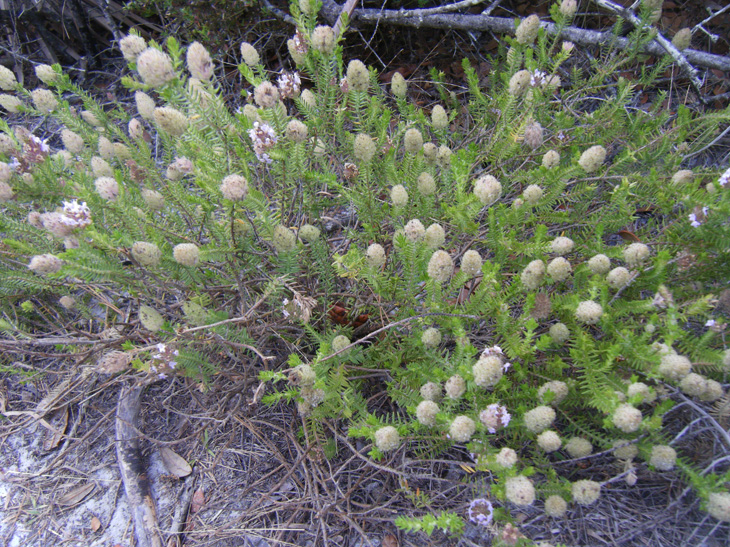
Florida Pennyroyal. Photo by Christopher Tozier
In Jacksonville we also saw quite a few seasonal edibles: sow thistles, chickweed, false hawk’s beard, pellitory, amaranth, even one hairy bittercress, all covered in recent newsletters. Epazote was starting to seed, the oxalises were happy, the Black Cherries were putting on racemes and even a hairy cow pea managed a blossom. Half way down the state in Melbourne on Saturday Poor Man’s Pepper Grass was in profusion. We also saw some fruiting and ground cherries. one of the highlights was blossoming Florida Pennyroyal. This pennyroyal is not related to the more famous one but has a similar oil, use and precautions. It’s also monotypic in that it is the only species in its genus… an only child so to speak. It’s not uncommon but you have to get out and about in its habitat to see it. To read more about the Florida Pennyroyal click here.
Hawthorns are in the rose family and barely make it in to Central Florida. However they are common farther north and like many fruit-bearing plants of that clan the seeds are toxic. The leaves resemble miniature animal paws or hands and there are sharp thorns even on very young plants. While the berries on most of them can be cooked into jelly there’s a special one, Crataegus monogyna. The Dead Latin species name, monogyna, tells you what to expect when you crush the berry: one seed. This is important. It is the only Hawthorn that can be used to make a jelly without cooking or adding anything else to the mix. You crush the berries, push the liquid through a strainer and let it set. Takes about five minutes. C. monogyna grows in a lot of places in the United States and is native to Europe. To read more about it go here.
My latest videos added to You Tube are: Backyard forage and Junipers. To read a juniper article click here. The latest article added to EatTheWeeds is The Bottlebrush Tree.
Do you remember Euell Gibbons? He was the first foraging TV-personality. Gibbons became rather famous for asking “Ever eat a pine tree?” His book “Stalking The Wild Asparagus” was an instant best seller and he was seen in probably one of the first back-to-nature cereal commercials that pitched the new idea of promoting nutrition. The FCC took it off the air because it said Gibbons also promoted the unacceptable idea that wild food is safe to eat. Until literally the very end of Euell’s career — he died in 1975 — nutrition had little to do with food unless you had a particularly odd medical condition. Nutrition was some esoteric science dominated by plump matrons. Not today. Nutritionists now all seem young and photogenic and incredibly fit. Nutrition is also why people eat these days. It’s a different industry with a different face than when Euell was around. Is that a good thing? Is there a difference? Is eating for nutrition misguided? For a bit of history and perspective on “nutrition” click here.
No, the Rattlebox is not edible. In fact it is quite toxic. The problem is we see it everywhere. Why? One reason is that it was used as a rotational crop until about 20 years ago. It was often used in tobacco fields and to fix nitrogen in tung-oil tree orchards. Not only is it toxic to humans but is the source of livestock poisoning as well particularly horses and cows in which it causes liver damage. One to three percent of body weight ingested can be fatal and can accumulate over several days. The seeds and foliage contain pyrrolizidine alkaloids. Liver enzymes convert the alkaloids into toxic pyrroles that can damage liver and lung cells. Worse it can take months for the symptoms to appear when little or nothing can be done about the damage. Similar pyrrolizidines are found in (also non-edible) dog fennel and the Florida Tassel Flower. Hardy, Crotalaria seeds can remain viable for 60 years.
It will be hot and humid and you will see a tall plant and ask ‘what is it?’ It just might be sugar cane, and it doesn’t grow only in Florida. In the genus Saccharum it thrives in humid temperatures between 70 and 95°F. That means it can be a summer time garden plant in many areas of the country. In Florida, of course, is has escaped all over the place. It takes about a year to get a full-grown plant but smaller, younger ones can be used. In fact there are three kinds of sugar cane; chewing, crystal and syrup canes. Chewing canes are usually softer and the fibers stick together when chewed making them easier to spit out. Crystal canes are called that because their sucrose easily forms crystals. Syrup cane has less sucrose but other sugars that don’t crystallize easily so they are concentrated into syrup. Four heirloom chewing canes are Yellow Gal, White Transparent, Georgia Red, and Home Green. I prefer to find sugarcane, but if you are going to plant some avoid planting it where people walk a lot because the sharp leaf edges can easily cut you. Sugarcane is also prone to falling over. To read more about sugar cane, click here.
If you’re ever in an environmental bar you can win a smoothie bet with this: Is the cattle egret (Bubulcus ibis) native or not? Answer: not. The ubiquitous white little bird trailing or riding livestock in North America is native to Asia and Africa. Apparently on its own the bird flew to South America (and Australia) around WWII. It was seen nesting in Florida by 1953, Canada in 1962, Mexico the next year. Now it’s seen in California. It also moved its way into Europe: France in 1958, Italy 1985, England 2007, Ireland 2008. Technically they are, as birds, edible but they are so scrawny under the feathers very few predators consider them worth the time. Livestock like that it picks off ticks and the like.
Factoid: Coyotes love watermelon. Deer like watermelon, too.
Upcoming classes: Port Charlotte Jan. 26th, West Palm Beach, Jan 27th.
The Florida Herbal Conference is just three weeks away, still plenty of time to sign up. Held in Deleon Springs February 15-17 it’s sure to be fun. For more information go to: Florida Herbal Conference.
To donate to the Green Deane Newsletter click here.

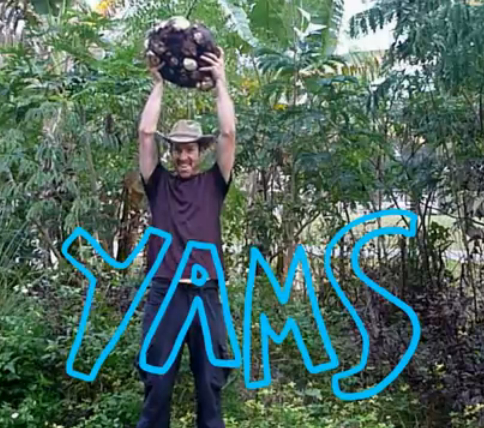
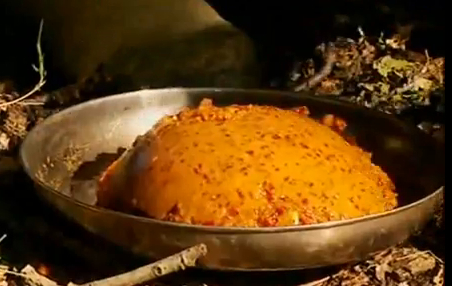
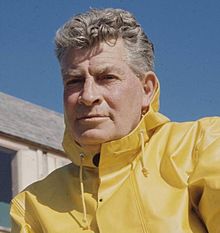
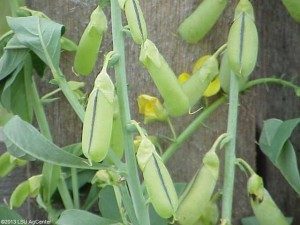
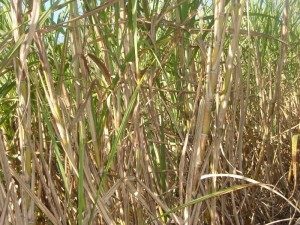
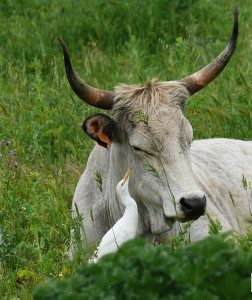

I love your newsletter and hope to attend the conference in February. You and your readers might find my doctorstress website of interest. I point out that a “natural diet” is essential to emotional health as well as physical health. Incidentally, I was a Gibbons fan back when he was in his prime. I’ve been munching on Georgia kudzu, clover, violets, various greens, and rose hips for quite a few decades. I’m sure that’s helped me to reach age 77 and still be able to do hour-long walk/runs every other day. Anyhow, keep up the good work, and thanks.
Good post, but oh my, I was so amused when I clicked on the Forum button above to explore a bit and see what that is about. Right at the top of the page was an ad for the Nutribullet superfood nutrition extractor. A bit of irony. So, you can’t just get all that nutrition out of the food by eating it. You need a special machine to extract it. There’s that mad scientist showing up again with his “extractor”. Then there is the whole concept of superfood. That’s a fun one, too. Thanks Green Deane.
You can run but you can’t hide.
Thank You for your nice news letter and the information you give.
I live in the Dallas Texas area and have a garden that is mostly weeds,
is there a place to get seeds for weeds you can eat to replace the bad weeds I have. And what to plant in this area. I would buy a book if there is one or pay for some information. Please let me know.
You can visit Houston Wild Edibles. A book that might be good is:
http://www.utexas.edu/utpress/books/tuledp.html
were can i buy that wild yam
It is the same yam sold in most Hispanic markets. It is Dioscorea alata, the cultivated yam.
Thanks for cranking out the newsletters! I remember lookin at the cattle (white) down there in Florida from my youth and wondering if they were “native”. Shalom!! Working on my master herbalist program now and love to hear new ideas!!
Thanks. I knew going in that a weekly newsletter would be a chore. It takes about 12 hours a week to do.
Is the D. Alata scarcer up here in Tallahassee than further south? I ask because I have been diligently searching for a couple of years, and so far the only one I have managed to locate was in a friend’s flower bed (he thoughtlessly pitched a bit of store bought yam into it). The D. Bulbifera, on the other hand, is EVERYWHERE up here!
Every year the college or some agency had a get rid of the yam day and they seem to find the Alata. The bulbifera is far more common. This is THE time of year to look for the alata.
I remember Euell Gibbons from years ago. Johnny Carson said that he is the only one who who could eat off of a picinic table and eat one too.
Thank you for the precise article “Nutrition or Food”. It is clear the issue is much complex as it involves many aspects important of which: environment, equilibrium, adaptation, hereditary, and moderation in behaviour of eating. {With respect to environment let us always remember Rachel Carson’s “Silent Spring” – last year was its 50th.anniversery.} Globalization, the easy movement of food products, the role of commercials, and competition in marketing them (not to tell about the technology used in making them) must also be considered. Now over seventy, I still don’t belong to those “who develop the ability to digest lactose,” I remember as a child how my mother entirely refused to have powdered milk nor by all means to consume hydrogenated vegetable oils. My elder brother kept telling me how sad it is to miss the old delicious juicy tomato as compared to today’s one. I wonder, Deane, if those human organs like the appendix, are still adapting to changes of food products! I must say I like very much the comparison you’ve made regarding versatility of food for best health by referring to breathing air or bottles of gases. Well it is time to eat the Weeds. Let me finish with the holy verse: “Who has made earth for you like a bed (i.e. spread out), and has opened roads (i.e. ways and paths) for you therein and has sent down water (rain) from the sky. And we have brought forth with it various kinds of vegetation. Eat and pasture your cattle (therein), verily, in this are Ayat (i.e. Proofs and signs) for men of understanding. Thereof (from the earth) we created you, and then into it we shall return you, and from it we shall bring you once again.”